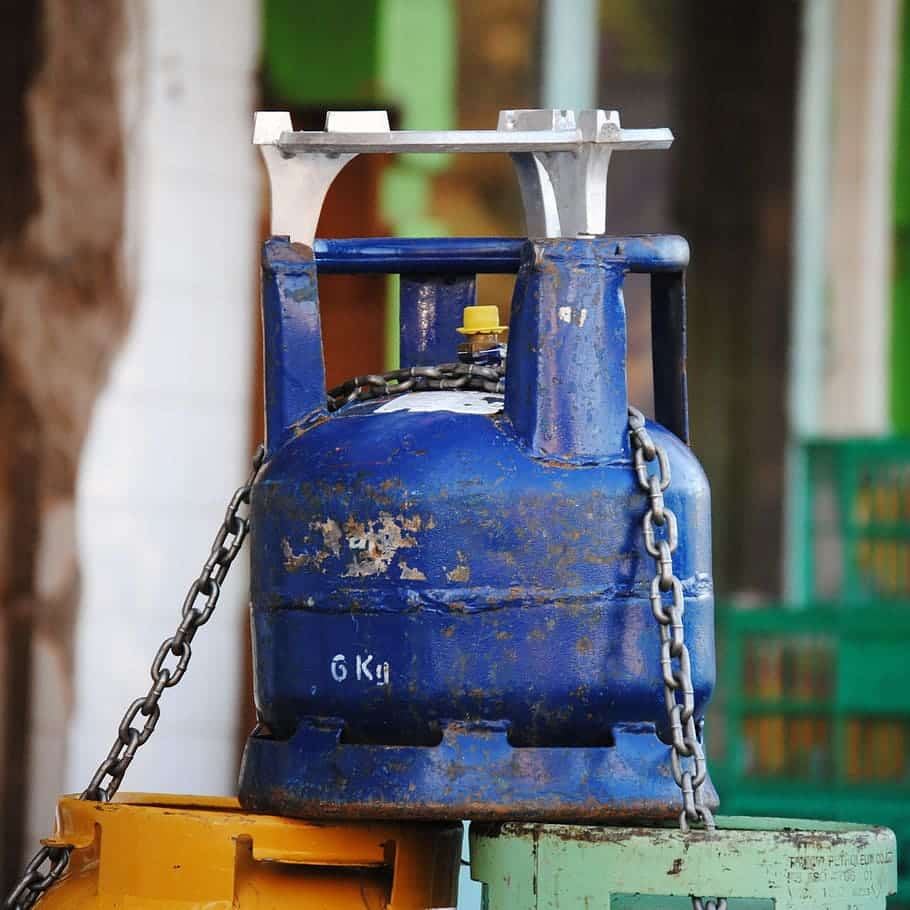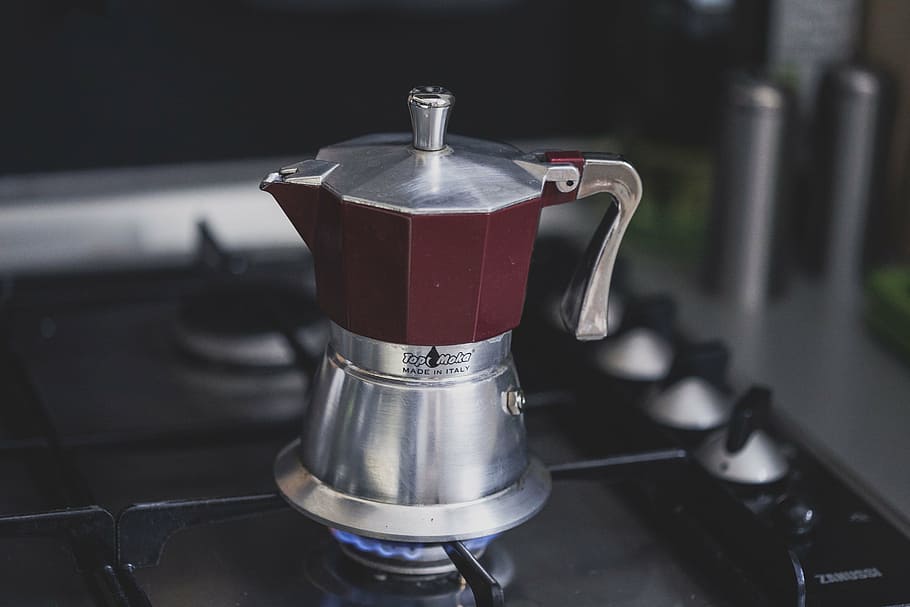When you are out there camping enjoying freedom and nature, a lot of things can go wrong. For example, the RV propane supply. The stove may not turn on or the water heater doesn’t fire up, and you don’t understand what’s happening. Well, the reasons here are the RV propane not flowing. It can happen despite filling up the propane tank and checking the lines before leaving for the camping trip.
One of the worst feelings after being settled at the RV campsite is finding out a dysfunctional propane system. Keep reading to know what are the common problems and how to troubleshoot them.
Contents
How to Troubleshoot When RV Propane Not Flowing
A propane system problem is annoying but easy to fix. The main challenge is figuring out the source of the trouble. Once you can do that, the rest is simple. There could be four types of problems:
- A switched off propane valve
- An excess flow valve issue
- Trouble with the propane pressure regulator
- A switched off propane detector
When RV propane not flowing, follow these procedures to fix the issue:
1# Check the propane valve
You must be thinking it won’t happen to you. You always check whether the propane valve is on or not, right? But it’s not unusual for a camper to forget to switch on or off the valve.
How so?
Well, when we prepare for a road trip, we turn on the RV fridge the previous night to give it enough time to get cold. The propane valve has to stay open at that time, just like the batteries stay on.
After loading up the RV, you start the journey the next morning and the first stop is a gas station to fill up the fuel tank and top off the propane container. The valve has to be closed when filling up the container. So, the gas station attendant does so and leaves it in the ‘off’ position.

When you reach the campground and try to switch on the burner or the water heater, you discover that they are not getting power supply. This happens because the propane valve is off.
Just switch it on and you are good to go.
2# Examine the excess flow valve
Another valve that could create trouble is the excess flow valve. This valve is a safety feature that limits or stops the propane flow if required. Located in the center of the gas fitting, this ball- or spring-like valve can detect if the propane is going too quickly. If yes, the ball or spring blocks the line, causing RV propane not flowing.
Why does the excess flow valve engage? There are three main reasons:
A leak in the system.
This is a common reason for the word language. If this happens, the only thing you can do is to turn off the propane supply. Switch off anything flammable. There shouldn’t be any burning fire or spark near the RV. Propane is highly combustible, so a leak can be very dangerous.
The only way to troubleshoot this problem is to call for an RV maintenance service as soon as possible
Opening the tank valve too quickly.
Opening the valve quicker than usual will make it think there is a leak. It will then block the line as a safety measure.
Resolving this problem is simple, as you just need to turn off the valve and other appliances that run on propane. Make sure that there is no burning fire or spark nearby.
Wait at least 10 minutes and then turn on the valve very slowly to create a minimum pressure on the propane system. It will result in restoring the full flow of propane. Remember to open the valve completely, not partially.
If the valve remains closed or trips again, it means that it could be faulty. An undiagnosed leak can also be the culprit here. When this happens, you should immediately take professional help.
Incorrect propane hose fitting.
The propane hose should be fitted correctly inside the propane tank; otherwise, the valve will remain in a closed position. Troubleshooting is simple though. You just have to unscrew the hose, position it correctly, and tighten the screw again.
3# Inspect the propane pressure regulator
Any RV compatible with a propane system will have a two-stage propane regulator, which regulates the gas pressure so the appliances get a proper supply at the correct pressure.
A regulator regulates the pressure at two stages, lowering it from 250 psi to 11 psi. There is a little valve inside that blocks the propane flow if the gas moves too quickly. A working regulator will produce a uniform blue flame around a burner. If it’s malfunctioning, the flame color will be orange or yellow and the burner may make noise or accumulate soot.

To fix the problem, you have to reset the regulator. Turn off the propane tank and all the appliances inside your RV. Wait for a few minutes and then turn on the propane tank valve again slowly. This is supposed to reset the regulator and solve the RV propane not flowing problem.
If resetting doesn’t work, you will need to replace the regulator. The lifespan of an RV regulator is 10 to 15 years. But if you face the problem when the regulator is nearly 10 years old or more, just go ahead and replace it. Otherwise, there is a high chance that it will malfunction in the middle of a trip. A regulator is inexpensive and easy to install.
4# Check if the propane detector is on
This problem is exclusive to those RVs that have a solenoid valve linked to the propane detector. The valve is a small electronic component that blocks the propane flow when either the solenoid or the propane detector does not have any charge.
The culprit in this case is either a loose or broken wire or a dead battery. Recharging the battery is a simple task but finding out the defective wire and fixing it may require a professional.
